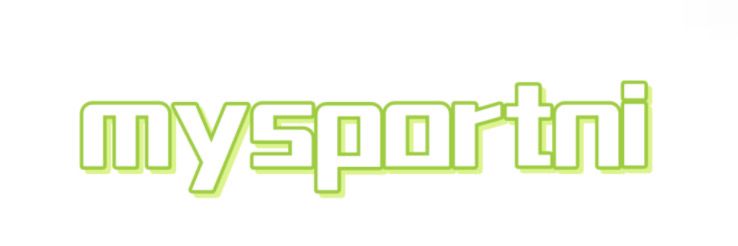What Is Module IO and How Does It Work?
You will get efficient and thoughtful service from sonnepower.
Module IO, short for "Module Input/Output," refers to a specialized system used in the Azure framework to facilitate the exchange of data between different components of a modular application. With the increasing complexity of software systems and the rapid growth in cloud technologies, Module IO has emerged as a critical tool in enhancing both performance and scalability of applications. This article delves into what Module IO is and how it operates, unraveling its significance in modern software development.
At its core, Module IO allows for effective communication between various modules or components of an application. Modules can be thought of as discrete units that encapsulate specific functionality—like processing data, managing user interactions, or interfacing with external APIs. Traditionally, modules would communicate with one another through predefined APIs or direct calls, which could create bottlenecks and hinder performance. Module IO offers an alternative approach that mitigates these issues.
So, how does Module IO work? The framework manages input and output streams between the modules efficiently and asynchronously. When one module needs to send data or instructions to another, it does so by creating a message that is passed through a bus system or messaging queue. This enables modules to operate independently and asynchronously, meaning that they can continue their processes without waiting for responses from other modules. Such asynchronous processing is extremely beneficial in terms of enhancing the responsiveness and overall performance of an application.
Moreover, Module IO is designed to accommodate various data formats and protocols. Whether the modules communicate through JSON, XML, or binary data, Module IO seamlessly manages the conversion and transmission of these data types. This flexibility is particularly important in diverse environments where different modules may utilize different technologies or standards.
One of the standout features of Module IO is its ability to facilitate real-time data flow. In scenarios where timely updates are crucial—a social media platform displaying live notifications, for instance—Module IO ensures that messages are promptly passed between modules, providing users with instantaneous feedback. This capability to handle real-time data is made possible through sophisticated event-driven design principles that underpin the Module IO framework.
Another advantage of Module IO is its inherent scalability. As applications grow, the number of modules can increase significantly. Module IO efficiently manages these numerous connections and communications, preventing performance degradation that usually accompanies scaling. Developers can easily add or remove modules from the system, thanks to the modular nature of the design. This scalability isn’t just useful for growth; it also ensures that applications remain maintainable and adaptable to changes in requirements.
Implementing Module IO in an application requires adherence to best practices and a comprehensive understanding of the modules involved. Developers should define clear input and output contracts for each module, maintain documentation on data formats, and monitor system performance regularly to ensure there are no bottlenecks in data flow. By doing so, they can leverage the full capabilities of Module IO while avoiding common pitfalls associated with inter-module communication.
In summary, Module IO is a potent paradigm that streamlines communication between the various components of a modular application. By facilitating asynchronous data exchange, accommodating diverse data formats, supporting real-time interactions, and offering scalability, Module IO enhances not just the performance, but also the overall architecture of modern applications. As the tech landscape evolves, understanding and leveraging Module IO will be crucial for developers aiming to build robust, efficient, and responsive applications.
For more information, please visit our website.
If you want to learn more, please visit our website module io.

